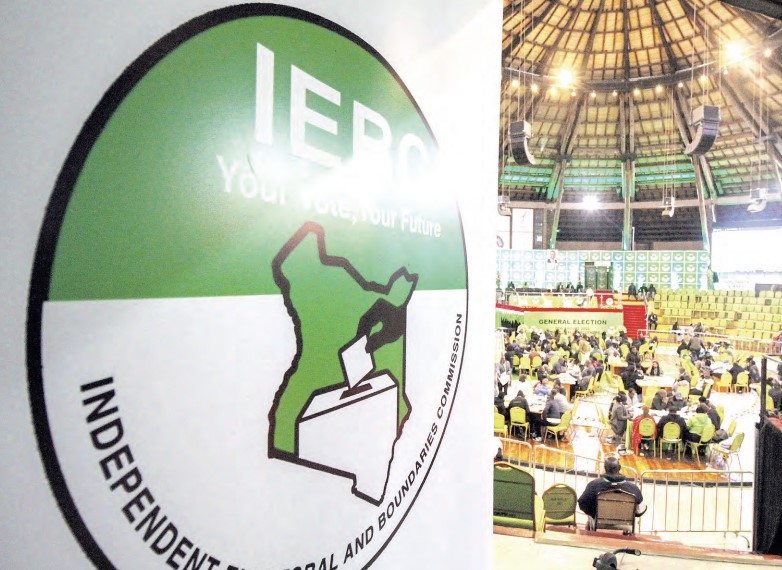Despite the fact that almost all households in Murang'a county keep dairy cattle, many residents have not invested in quality fodder to boost their income.
Manyeki Kamau saw an opportunity in grass growing, a venture not exploited by many. It has now become a source of livelihood for him.
Manyeki, a Mombasa-based businessman, started thinking about investing in his rural home in Kongo-ini, Murang'a East subcounty in 2007 to diversify his sources of income but started growing nutritional grass in 2017 after years of researching on the best variety for the county.
Manyeki told The Star that his initial idea was to invest in dairy farming and he started researching about the milk market and the challenges facing farmers.
After talking to many farmers, Manyeki realised most of them faced the challenge of costly and low quality animal feeds that affected their milk production and returns.
To bridge this gap, the county government is in the process of constructing a Sh150 million animal feeds plant after establishing a milk processing plant that has the capacity to process 240,000 litres of water.
The feeds plant is aimed at complementing the milk processing plant by helping farmers to boost their milk production.
The county government has invested heavily in the dairy sector as a way of making it an economic activity for most homes.
Manyeki said he realised he would have to find a constant supply of feeds before he started keeping diary cows.
The farmer then visited the Kenya Agricultural and Livestock Research Organisation where he explained to researchers that he was seeking animal feeds that would do well in the region.
"They took my contacts and told me they would give me feedback, which I received months later," Manyeki said, adding that he received seed samples that he planted.
Five years later, Manyeki has expanded his grass farm into three acres from which he sells both seedlings and mature grass for fodder.
He has four varieties of brachiaria grass, including S. Basilisk, MG-4, Piata and Xaraes varieties. Xaraes and S. Basilisk do best in his farm.
He harvests the grass twice annually, in August and January. He contracts harvesters with tractors to harvest, after which it is dried and packed into bails for sale.
"Harvesting is done manually and even with the tractors, it takes at least 10 days from harvesting to packing it into bales," he added.
Manyeki said he has an advantage over other farmers who are facing hunger after their food crops were destroyed by monkeys and baboons in the county.
It also requires no irrigation and does well even with rain water but needs a lot of manure.
"Every time we harvest, we have to add manure to keep the soil fertile and ensure the grass grows as it should," he added.
He said that unlike nappier grass, brachiaria grass has nutrients that help boost milk production and that the variety he has adapts well to the local climate.
"Brachiaria grass is an improved fodder that provides cows with the needed nutrients at a smaller cost," he added.
The farmer further noted that after harvesting, the growth of the grass is determined by the rains and soil fertility but added that it is a long term investment that he will reap from for many years.
In a season, he sells seedlings to about 200 small-scale farmers and harvests about 1,000 bales of hay each season, with farmers streaming into his farm from as far as Nyeri county.
Manyeki encouraged farmers to embrace grass growing which he said has the potential to revolutionise dairy farming in the country.
Most small scale farmers depend on vendors for hay, most of which is made of wild grass collected from un-farmed areas and which adds little value to the cow's diet.
He further noted that as the climate change continues to take effect, dairy farmers will have to start investing in fodder that can withstand erratic rains in order to avoid animal feeds' shortages.
Manyeki said after seeing the reliability of the grass, he now plans to move on to the next stage of keeping commercial dairy cows.











